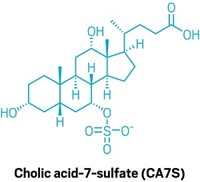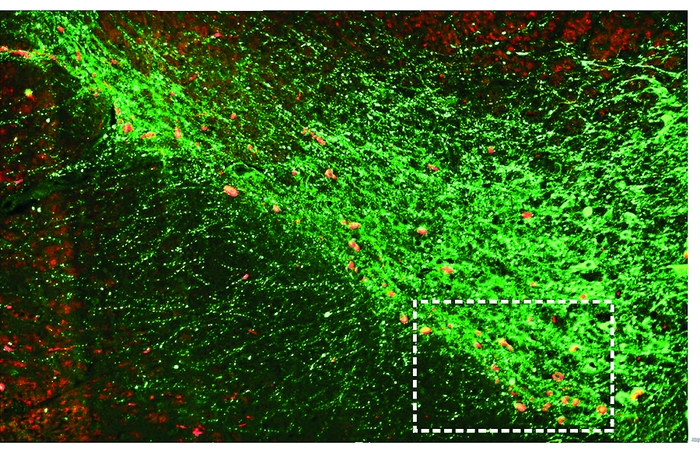Advertisement
Grab your lab coat. Let's get started
Welcome!
Welcome!
Create an account below to get 6 C&EN articles per month, receive newsletters and more - all free.
It seems this is your first time logging in online. Please enter the following information to continue.
As an ACS member you automatically get access to this site. All we need is few more details to create your reading experience.
Not you? Sign in with a different account.
Not you? Sign in with a different account.
ERROR 1
ERROR 1
ERROR 2
ERROR 2
ERROR 2
ERROR 2
ERROR 2
Password and Confirm password must match.
If you have an ACS member number, please enter it here so we can link this account to your membership. (optional)
ERROR 2
ACS values your privacy. By submitting your information, you are gaining access to C&EN and subscribing to our weekly newsletter. We use the information you provide to make your reading experience better, and we will never sell your data to third party members.
Biological Chemistry
Human Cells Make Morphine
Morphine found in human cells is of endogenous origin
by CELIA HENRY
September 27, 2004
| A version of this story appeared in
Volume 82, Issue 39
BIOCHEMISTRY
It turns out that opium poppies aren't the only organisms that can make morphine. New results reveal that human cells can also biosynthesize this powerful analgesic.
Traces of morphine have been previously isolated from various animal tissues and fluids, including human heart and urine. However, whether this morphine is endogenous--that is, made by the body--or from dietary sources had not been established.
Now, Meinhart H. Zenk, Chotima Poeaknapo, and coworkers at the Biocenter at Martin Luther University Halle-Wittenberg and the Leibniz Institute of Plant Biochemistry, both in Halle, Germany, report that human cells are able to synthesize morphine [Proc. Natl. Acad. Sci. USA, 101, 14091 (2004)]. The role of endogenous morphine is still not known, but it may be involved in the functioning of the immune, vascular, and nervous systems.
The researchers verified that morphine was biosynthesized by feeding cultures of human nerve and pancreas cells with isotopically labeled precursors, including 18O2 and 13C-tyramine. Both types of cells produce morphine precursors, but only the nerve cells produce morphine.
As measured by mass spectrometry, the morphine produced by cells grown in 18O2 is four mass units higher than it would be if they had been grown in 16O2, indicating the presence of two 18O atoms. The positions of the labeled oxygen atoms indicate that they are incorporated in the morphine through tyramine.
The study is a "nice verification" of endogenous morphine formation in human cells, according to George B. Stefano, director of the Neuroscience Research Institute at the State University of New York, Old Westbury, who also studies morphine in animals. "Now one must study endogenous morphine within the context of addiction, since [addiction] studies basically are concerned with exogenous opiate administration."





Join the conversation
Contact the reporter
Submit a Letter to the Editor for publication
Engage with us on Twitter